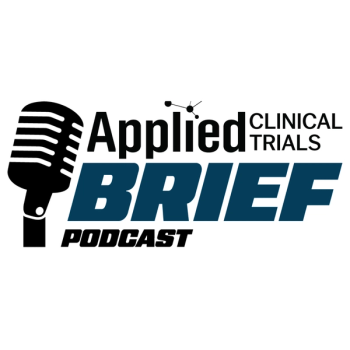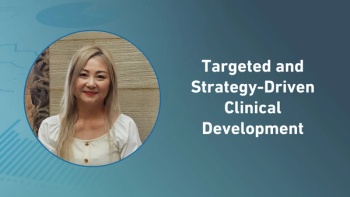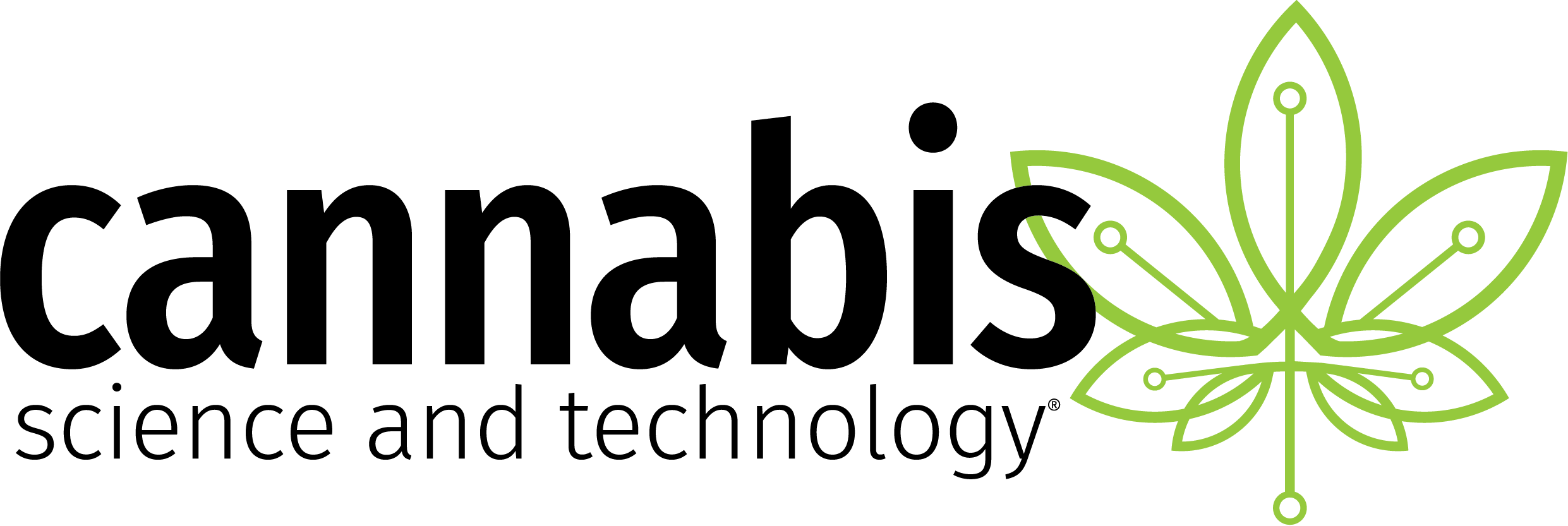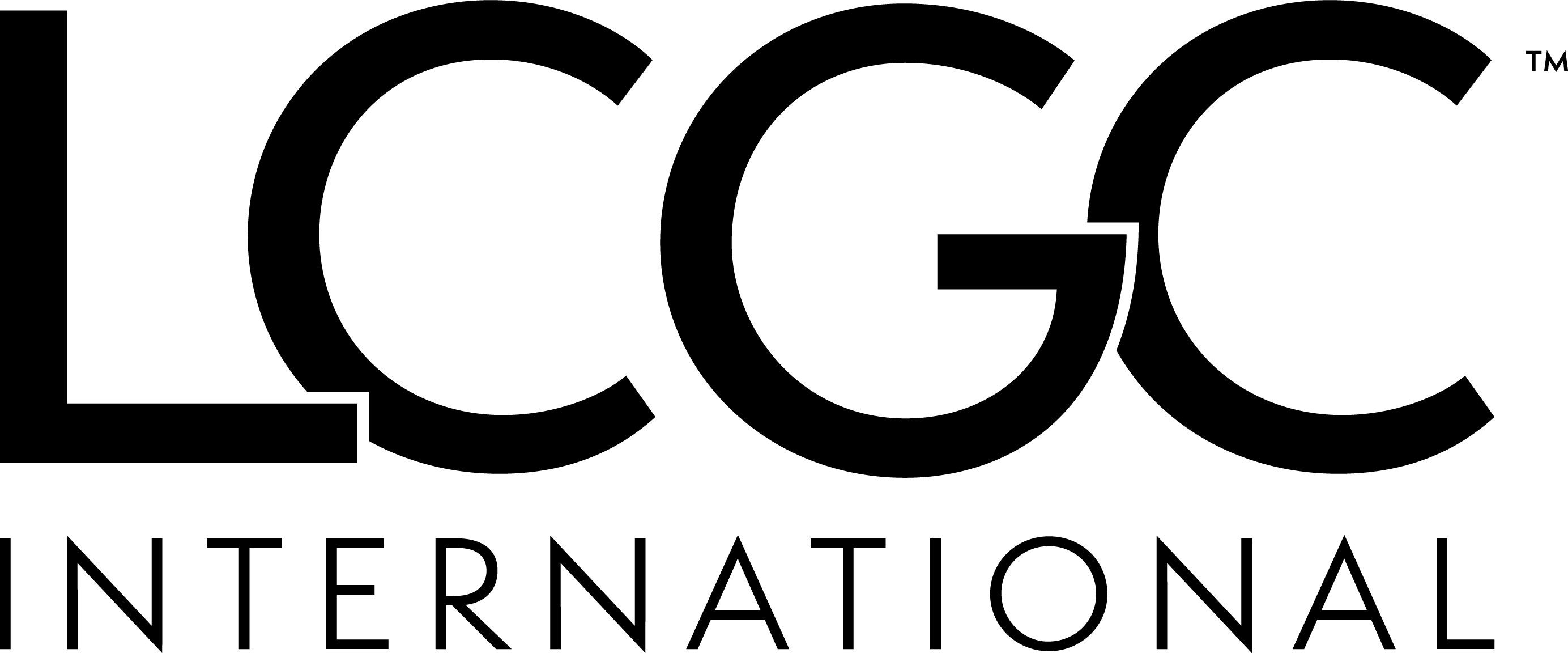
2025 DIA Annual Meeting: Building Patient Centricity into Clinical Trial Software from Day One
Brian Ongioni, chief product officer, uMotif, explains how early site feedback and patient involvement in software development help sponsors streamline clinical trial workflows and reduce burden on both sites and participants.
In an interview with Applied Clinical Trials, Brian Ongioni, chief product officer, uMotif, discussed how the company actively incorporates patient and site feedback throughout the digital health product lifecycle to ensure its tools are both accessible and intuitive. By involving end users early in the development process, uMotif aims to reduce burden on patients and clinical sites alike, while also ensuring that digital endpoints are usable, meaningful, and capable of standing up to regulatory scrutiny. Ongioni shared insights into the company's co-design strategies, real-world examples from clinical trials, and his perspective on the evolving role of artificial intelligence in enhancing patient-reported outcomes.
ACT: What strategies have been most effective in balancing site workflows with patient usability to reduce burden on both sides?
Ongioni: Site burden has been a major focus for us, particularly through our hub model. One key strategy is creating a “one-stop shop” system for sites—centralizing tools and access regardless of how many systems are in use. We gather site feedback early and work to understand their daily experience—what it’s like to sit down at 8 a.m. on a Monday and prioritize tasks. That perspective has been critical.
From the patient side, it’s equally important to involve them not just in study design but in software development from the start. Patient usability must be built in from the beginning, not treated as an afterthought when implementing a specific study.
Full Interview Summary: uMotif integrates patient and site feedback throughout the product development lifecycle to ensure its digital health tools are accessible, intuitive, and truly reflective of end-user needs. This is achieved through dedicated patient and site committees that collaborate with product teams early in the software design process. Whether it involves evaluating new features or reviewing early-stage prototypes, these stakeholders provide input that is incorporated before study-specific implementations, ensuring accessibility is embedded from the outset rather than added later.
A notable example of this co-design approach occurred during a Parkinson’s disease trial. Patients were given access to the platform before the study launched, allowing uMotif to make critical adjustments to accommodate their specific motor challenges. This included redesigning screen navigation and repositioning measurement tools to reduce burden and ensure data could be reliably collected for the intended endpoints.
Balancing patient usability with site workflows is also a core focus. uMotif developed a “hub model” to streamline the experience for clinical sites, consolidating disparate systems into a unified platform. By observing and incorporating site input—such as understanding their daily routines and workflow priorities—the company optimized functionality to reduce administrative burden. This site-and-patient-first mindset extends to the validation of digital endpoints, where uMotif organizes separate workshops for patient and site committees to provide feedback on new instruments, ensuring their relevance, usability, and potential regulatory acceptability.
Looking ahead, uMotif sees artificial intelligence and machine learning playing an increasingly important role in refining patient-reported outcomes. These technologies could support the transition from paper to electronic formats and enhance scalability. While there’s ongoing skepticism, AI has the potential to help surface what matters most to patients by amplifying their voices throughout the development lifecycle, provided it is implemented thoughtfully and iteratively.
Newsletter
Stay current in clinical research with Applied Clinical Trials, providing expert insights, regulatory updates, and practical strategies for successful clinical trial design and execution.






.png)



.png)



.png)
.png)
